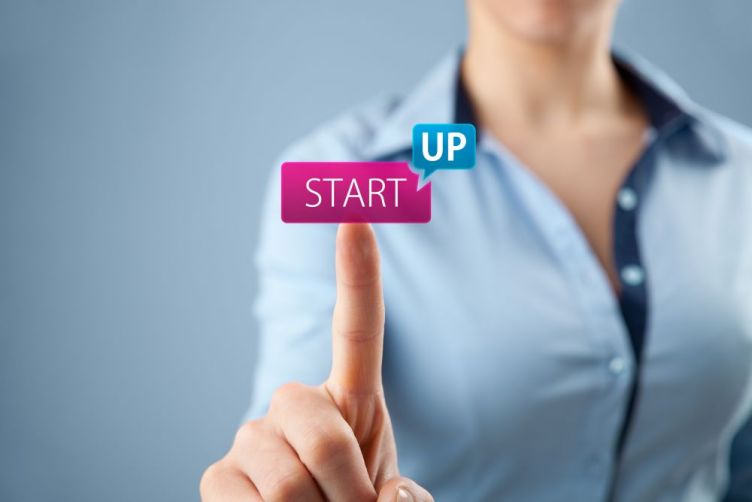The Lean Startup is a method for developing new businesses, pioneered by Silicon Valley entrepreneur Eric Reis. It involves taking a scientific approach to the creation and management of startups in order to shorten development cycles and get products into customers' hands quickly.
Set out in his book The Lean Startup: How Today’s Entrepreneurs Use Continuous Innovation to Create Radically Successful Businesses, Reis’s method takes its inspiration from the Japanese philosophy of lean manufacturing, which focuses on the creation of value for the end customer and considers expenditure of resources for any other goal as waste. The Lean Startup similarly aims to cut waste and concentrate on producing value during the product development phase, giving startups a greater chance of success without the need for large amounts of funding, complex business plans or perfect products.
Customer feedback is essential during the product development phase of the Lean Startup process, as it helps to ensure you are not spending time and money designing features or services that people don’t want. Startups can’t usually afford to have their whole investment depend on the success of a single product launch, so Reis believes in releasing products that aren’t finalised and then using feedback from customers to tailor them to the specific needs of consumers. This called “validated learning”.
According to Reis, “lean” has nothing to do with the amount of money a company raises – it’s all about assessing specific consumer demand and meeting it by using the least amount of resources possible.
The following terminology relates to the core principles of the Lean Startup:
**Minimum viable product (MVP)**. An MVP is the version of a new product that allows you to collect the maximum amount of validated learning about customers with the least amount of effort. You can use an MVP to test your “leap of faith” assumptions and start learning as quickly as possible.
**Continuous deployment**. Reis explains this as the process “whereby all code that is written for an application is immediately deployed into production”, resulting in a reduction of cycle times. According to Reis, some of the companies he’s worked with put new code into production as frequently as 50 times a day.
**Split testing**. This is an A/B test where different versions of a product are offered to customers at the same time. Then differences in behaviour between the two groups can be observed and the impact of each version can be assessed on an “actionable metric” – a measurement on which to base an informed business decision and subsequent action. Split testing can also be done in serial fashion, where a group of users see one version of the product one week and a different version the next.
**Pivot**. As Reis explains, a pivot is a “structured course correction designed to test a new fundamental hypothesis about the product, strategy and engine of growth”. An example of a company using a pivot is Groupon. The firm started as an online activism platform called The Point but received very little traction. The founders then started a WordPress blog and launched their first coupon promotion for a pizzeria operating from the lobby of their building. Although only 20 coupons were redeemed, the founders realised the idea had significant potential and had successfully enabled people to co-ordinate group action. Within three years, Groupon had become a billion dollar business.
There are five principles for the Lean Startup:
1. Entrepreneurs are everywhere. Whether you work from a garage or within an established enterprise, all startups face the same problems.
2. Entrepreneurship is management. Any startup is an institution, not just a product, so it requires management.
3. Validated learning. The purpose of a startup isn’t to make products, make money or serve customers – it’s to learn how to build a sustainable business. You can validate this learning scientifically by running experiments to test each element of your vision.
4. Innovation accounting. To improve outcomes, you need to focus on measuring progress, setting milestones and prioritising.
5. Build-measure-learn. A startup’s fundamental activity is turning ideas into products, measuring how customers respond and learning whether to pivot or persevere. All your processes should be designed around accelerating that feedback loop.
For more information of the Lean Startup, visit http://theleanstartup.com




























